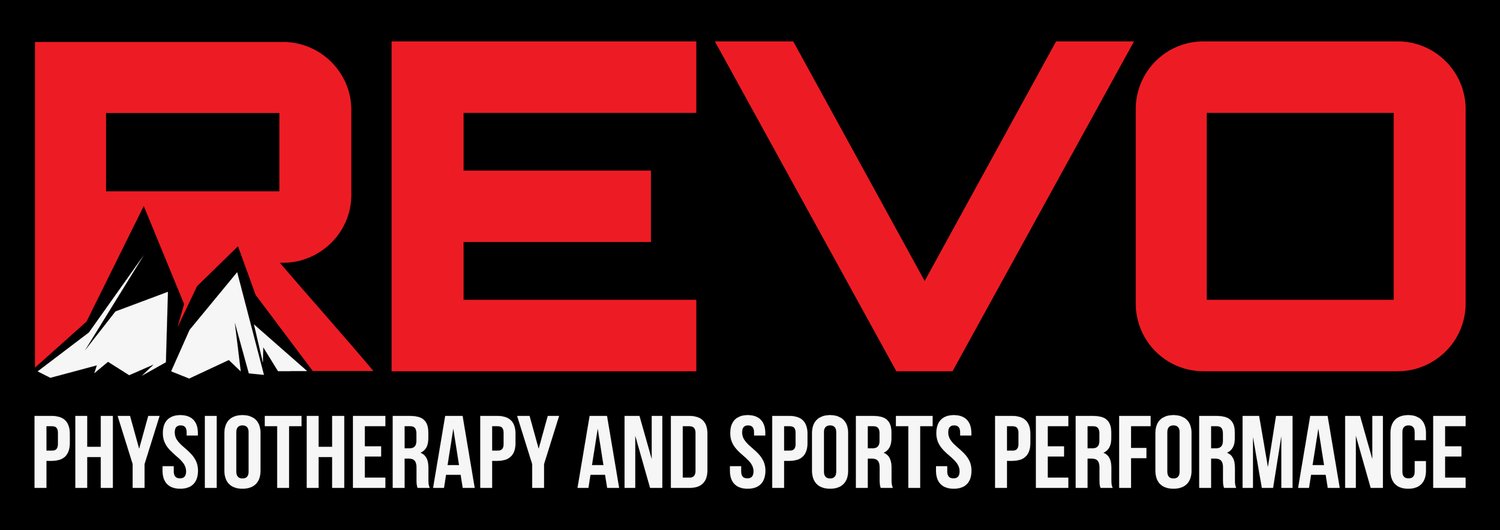
Sports Science Lab
Sports Science Lab
Jump To: Bike Fit , Gait Analysis , Return to Sport Testing
Movement matters. Knowing how you move and WHY you move that way is critical to improving performance or reducing pain. A vast majority of the physical issues we see in our patients are movement related. The naked eye is not fast enough to gather objective data from most movements. We use cameras that gather info at 120 frames per second so we can not only slow down even the fastest movements but also overlay joint angles, muscle activation patterns and ground reaction force data.
Yes we use this technology on professional athletes but it is useful for anyone. If you want to feel better running a 5k or want to know if you are at risk for an ACL injury this ski season we can help you. This technology helps us get to the root cause of your symptoms faster and ensure our treatment choices are working for you as we track progress.
Providers
Dr. Brian Briggs, DPT, SCS, ATC, CSCS
Dr. Dane DeLozier, PT, DPT, LAT, ATC, PES
Dr. Nicole Wildermuth, PT, DPT, CSCS
A proper fit on the bike is imperative for full enjoyment and pain free riding. We believe cyclists must be evaluated on and off their bike for a complete understanding of their basic movement patterns. These patterns displayed off the bike directly correlate with an individual’s performance on their machine. All bike fits at RevoPT are performed by a Doctor of Physical Therapy with a comprehensive orthopedic examination and movement assessment.
Bike Fit
Gait Analysis
Humans were designed to walk and run, pain free. Pushing through that nasty pain you get at mile 2 of your run is not cool. Bad habits are easily formed and often go unnoticed. A proper gait analysis can help identify functional limitations and movement dysfunction that can lead to pain or poor performance. We utilize the data we gather during this analysis to help with diagnosis of pain driven patterns but also as a way to improve performance and efficiency during training and racing. Proper sequencing of muscle activation and overall body position is critical for long term health while running and full enjoyment. Our analysis includes a full physical evaluation as well as high speed video analysis on and off the treadmill with EMG.
Return to Sport Testing
ou had surgery 6 months ago. Are you ready to return to your sport? Traditional return to sport decision making occurs in the surgeon’s office on the treatment table. The discussion usually revolves around length of time since the surgery was performed. If you are far enough out from your procedure you get cleared to return. This type of decision making is not in your best interest. Research shows a series of specific movement patterns linked with an increased risk of reinjury. Our Return to Sport Test assesses your movement patterns, muscle firing sequence, strength, and agility, providing you with an objective movement score. This score serves as the true benchmark for readiness to return to sport, not elapsed time from surgery. We use this testing procedure for all lower extremity injuries, not only following surgical procedures. Reinjury rates following knee surgeries have never been higher. The traditional model is doing something wrong. Ensure your rehab success with an objective test, showing your readiness.
Technology We Use In The Lab
Motion capture with joint angle overlay
Our motion capture system allows us to measure joint angles during any movement to quantity movement quality. We use this during PT evaluations when needed, bike fit when needed, gait analysis, throwing analysis and return to sport testing.
Force plate
We use a force plate with many of our PT patients and sports performance clients. This technology allows us to measure shear in the x, y and z planes. We then combine those measures to show the resultant, ground reaction force. This is helpful for both lower extremity and upper extremity focused assessments. This value helps us evaluate movement quality, muscle/joint activation is specific movements and readiness for return to sports following injury.
EMG
Electromyography or EMG allows us to measure the electrical signals traveling through your muscles. This makes it simple and easy for us to evaluate and track muscle activation, recruitment during advanced movements as well as sequencing during those movements. This technology is invaluable during the rehab and training process.










